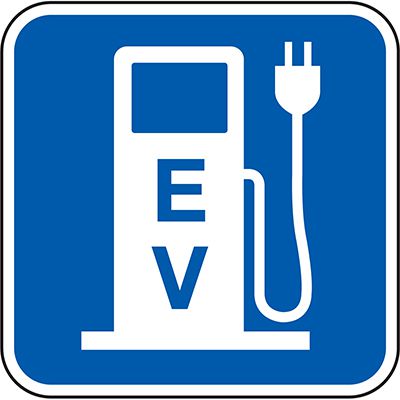- March 31, 2023
- Posted by: LSN Partners
- Categories: Federal, Government Affairs
By: LSN Partners on March 31, 2023
Today, the Treasury Department released specifics on how automakers can certify whether their electric vehicles (EVs) qualify for new subsidies of up to $7,500 enacted last year as part of the Inflation Reduction Act (IRA). The Notice of Proposed Rulemaking (NPRM) will be formally published on April 17, 2023. A copy of the NPRM has been provided.
The NPRM provides clarity to manufacturers on the IRA requirements that EVs eligible for the clean vehicle credit undergo final assembly in North America and do not exceed a Manufacturers Suggested Retail Price of $80,000 for a van, pickup truck, or sport utility vehicle or $55,000 for any other vehicle. Currently, 37 makes, and models of all-electric cars and plug-in hybrids from 13 manufacturers are listed as options for subsidized purchases by the Department of Energy. A pivotal change to the NPRM is eliminating how many electric vehicle tax credits can be used to buy specific manufacturers’ vehicles. 
To be eligible for a $7,500 credit, vehicles must meet sourcing requirements for both the critical minerals and battery components contained in the vehicle. Vehicles that meet one of the two requirements are eligible for a $3,750 credit. A portion of minerals that are contained within the battery must be mined or refined in the United States or a country with free trade status to qualify for half the credit. Half the subsidy is based on meeting sourcing rules for acquiring minerals used in electric vehicles’ batteries, which are mined and then refined to create powders. They may also be recycled in North America. The threshold will begin at 40 percent of minerals used in a car’s battery in mid-April and climb to 80 percent after 2026.
Mineral Mandates
The NPRM details a proposed set of principles for identifying the set of countries with which the United States has a free trade agreement in effect since this term is not defined in the statute. This term could include newly negotiated critical minerals agreements.
Some minerals that make their way into a battery must be mined or refined in the U.S. or a country with a free trade agreement to qualify for half the credit. They can also be recycled in North America. That threshold will start at 40 percent of minerals used in a car’s battery in mid-April and climb to 80 percent after 2026.
The applicable percentage includes:
· 2023, the applicable percentage is 40 percent
· 2024, the applicable percentage is 50 percent
· 2025, the applicable percentage is 60 percent
· 2026, the applicable percentage is 70 percent
· 2027, the applicable percentage is 80 percent
Agreements would be considered based on whether they:
- Reduce or eliminate trade barriers on a preferential basis
- Commit the parties to refrain from imposing new trade barriers
- Establish high-standard disciplines in critical areas affecting trade, and reduce or eliminate restrictions on exports or engage the parties to refrain from imposing such restrictions on exports, including for trade in the critical minerals contained in electric vehicle batteries.
Countries included in the NPRM are Australia, Bahrain, Canada, Chile, Colombia, Costa Rica, Dominican Republic, El Salvador, Guatemala, Honduras, Israel, Japan, Jordan, Korea, Mexico, Morocco, Nicaragua, Oman, Panama, Peru, and Singapore.
Battery Component Requirement
The NPRM proposes a four-step process for determining the value:
1) identify battery components that are manufactured or assembled in North America,
2) determine the incremental value of each battery component, including North American battery components,
3) determine the total incremental value of battery components,
4) calculate the qualifying battery component content by dividing the total incremental value of North American battery components by the total incremental value of all battery components.
As of 2024, an eligible clean vehicle may not contain any battery components manufactured by a foreign entity of concern. In addition, starting in 2025, an eligible clean vehicle may not have any critical minerals extracted, processed, or recycled by a foreign entity of concern.
Please review the attachment and let the LSN Federal Team know if you would like assistance or additional guidance.